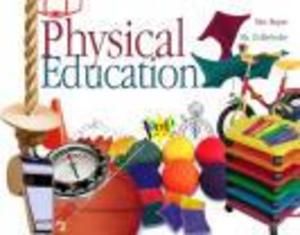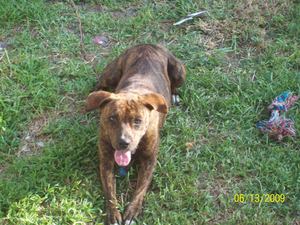It is widely known that physical education is important for students so that they learn how to sustain a healthy lifestyle later in life. But is that all there is to physical education? Not quite. Research has shown that early childhood physical education improves more that just physical wellness, but it also assists and improves mental and emotional developments.
In a physical aspect, children participating in physical education at an early childhood age will begin to fight the battle of increasing obesity. Many experts agree that obesity does not just appear in adults, but that it has roots in childhood (Irwin/ Symons/ Kerr, 2003). The number of overweight children in the U.S. has been on the rise since the 1960’s. By 2000, the number of overweight American youths has dangerously increased to about 15.4% (Irwin/ Symons/ Kerr, 2003).
These students will most likely develop into adults living with a negative health status unless something is done early to correct this trend. The something is physical education. Physical educators care dearly about these overweight and obese children and meet their challenge with open arms. Physical education can not only help them fight the obesity, but it can also strengthen their self-esteem to overcome the barriers they may face in life.
There is a theory in the education world that is similar to the schema theory that cognitive psychologists have developed about the way humans organize and understand new knowledge. This similar theory involves what is called the “experience factor” (Byerly, 2001). “Experiential learning involves 3 components: modeling, collaborating, and simulating. Modeling means that the teacher demonstrates to students a skill that is to be learned. Collaborating means that either the teacher works with one student or a group of students, or that students work with peers.
Simulating is using the skill in a way that mirrors real-world situations. Studies have shown that experiential learning can not only instill knowledge in students, but it can also develop their abilities to think critically and apply the knowledge to real-world situations (Byerly, 2001). Physical education is experiential learning.
The teacher shows the students how to properly perform a skill, the students begin to practice the skill amongst themselves, the physical education teacher goes around to all the students or groups of students individually to further reinforce the learning of the skill, and then the students use that skill in a real-world game situation. Physical education is a perfect example of this type of learning and needs to be instituted at an early age. The earlier the age physical education is taught, the earlier the student’s begin to develop the ability to think critically.
Finally, early child physical education helps students begin to develop problem solving, self-evaluation, and decision-making skills. Corbin (1994) states that students must acquire these necessary skills in order to progress from a state of dependency to a state of independence (Bulger/ Townsend/ Carson, 2001). Physical education teaches in a way that facilitates the development of these higher-order cognitive skills. Physical education teachers make the transition from the teacher-directed teaching model to the student-centered teaching model. The teacher-directed model tends to be inadequate in promoting these higher order learning objectives, whereas the student-centered teaching found in physical education provides students with instructional guidelines for responsible decision-making.
A number of physical education scholars acknowledge the importance of student decision-making in the establishment of a complete educational environment (Bulger/ Townsend/ Carson, 2001). This is why physical education should be started at a very young age. If students can make good decisions on their own, they will be more apt to do class work and homework on their own and look for help instead of never asking questions.
References
Bulger, Sean M., Townsend, J. Scott, Carson, Linda M.
Promoting Responsible Student Decision Making in Elementary Physical Education
JOPERD, Vol.72 No.7 (September 2001) pgs.18-23
Byerly, Steven
Linking Classroom Teaching to the Real World Through Experiential Instruction
KAPPAN, Vol.82 No.9 (May 2001) pgs.697-699
Irwin, Carol C., Symons, Cynthia W., Kerr, Dianne L.
The Dilemmas of Obesity: How Can Physical Educators Help?
JOPERD Vol.74 No.6 (August 2003) pgs.33-38




